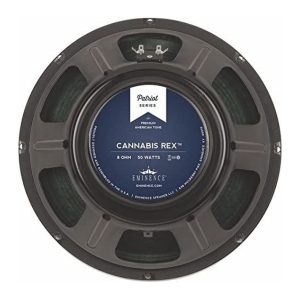
- Hemp Cone And Monster Tone
- Wide Frequency Range Tailor Made For Guitarists
- For Country, Jazz, Classical

- Basket Type: Stamped Steel
- Voice Coil Diameter: 2 Inches, 50.8 Mm
- Flat/Round Coil Wire – Round

- Non-Vented Core
- Nice Clear, Fat Tone With A Little Top End Bite
- American And Southern Rock

- Live Music/DJ Applications
- Mid/Hi Or Full Range In A Vented Rnclosure
- Aluminum Voice Coil
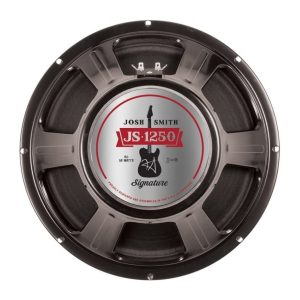
- Copper Voice Coil
- Can Handle The Power Of Modern Amps
- Ferrite Magnet
Choose the Best Eminence Speaker for Metal
Customer’s Choice: the Best Rated Eminence Speakers for Metal
94 users answered this survey. Please help us improve this review!
The guitar speaker is one of the most important sound components for guitarists. This guide will clarify which is the best guitar speaker and dispel some of the myths.
Table of Contents
Guitar Speaker Buyer’s Guide
Anyone who searches the Internet for the best guitar speaker will come across them. Many different myths and opinions are surrounding the numerous copies of the most popular brands, such as Celestion, Eminence, Etc. On paper, they all cut a fine figure, and each has its own fans.
But which is the right speaker for you, your guitar and your music? Is there such a thing as the “best” guitar loudspeaker ever?
This guide will give you the best and most useful information and tips, as well as an overview of the most common models.
The functionality of a guitar speaker
The cone-shaped guitar speakers convert the electrical signal of the guitar amplifier into an audible sound. But how exactly does this work?
The amplifier’s electrical signal is conducted to the so-called voice coil, a carrier foil wrapped with copper wire. This creates a magnetic flux that interacts with the permanent magnet’s magnetic field and thus causes the voice coil to vibrate. However, the voice coil can only move backward and forwards as it is fixed laterally by the centering spider.
This movement transmits the voice coil to the diaphragm, which is connected to a stable aluminum or die-cast basket via the bead.
During this process, the air in front of the loudspeaker diaphragm is alternately compressed and pulled apart – thus producing the audible sound waves.
Difference between ceramic, alnico & neodymium magnets
Different materials are used for the magnets, as you will see below. In the following, we will discuss the three typical magnets used in guitar speakers.
Ceramic Magnet
Ceramic magnets consisted of a strontium-ferrite compound and were developed as a low-cost alternative to Alnico. Speakers with this material are much more resilient and powerful than those with Alnico. In terms of sound, they appear somewhat brighter and more centered.
Ceramic guitar speakers cope well with high volumes and usually only develop their full sound potential at high volumes through pleasantly gentle compression. Ceramic magnets usually weigh much more than Alnico.
Alnico
Alnico is an alloy of the name-giving elements aluminum, nickel, and cobalt. Due to the scarce supply of these raw materials, especially cobalt, Alnico speakers are less affordable. Compared to ceramic speakers, the sound is generally considered warmer, more detailed, and more organic. They are also said to have a better response.
The compression of Alnico guitar speakers turns out a little rougher and more scratchy than their ceramic counterparts.
Neodymium
Neodymium speakers are the newcomers among guitar speakers. They were first introduced in 2011. Their low weight makes them very attractive for guitarists who are on the road a lot. The Creamback version from Celestion with neodymium magnets, for example, weighs just 1.9 kg.
The neodymium material achieves a very high magnetic field strength even at low weight. And so the magnets can be kept very small. Back pain adé!
In terms of sound, they combine warmth with precise reproduction of nuances. In terms of volume, they can compete with guitar loudspeakers with ceramic magnets. However, the mid-range reproduction turns out somewhat dry.
What influence does the storage have?
The cabinet of the guitar case also influences the sound and behavior of the guitar speakers. There are three characteristics that you should keep in mind when buying a guitar.
The right wood for the guitar case
Similar to acoustic guitars, the material of the resonating body influences the vibration and the overall sound. However, the wood’s influence is considered to be relatively small among all the components that influence the tone.
The common storage materials are:
- Solid wood
- multiplex
- MDF (medium-density fibreboard)
Solid wood such as poplar is considered particularly resonant. The cabinet resonates here, resulting in an open, lively sound full of character. It is, therefore, well suited for organic, clean sounds á la Fender Tweed Combos. However, it is not very back-friendly during gigs.
Multiplex and MDF are compressed wooden boards. They are especially thick and stiff and, therefore, less resonant compared to solid wood. Here, only little vibrational energy is transferred to the cabinet, which results in a very tight and powerful sound. So perfect for rock and metal.
Although multiplex usually carries a lot of weight, it can withstand the daily transport strains better than MDF.
Closed- or Open Back?
A guitar speaker that is closed on the back delivers a lot of punch and pressure – the air and sound waves can primarily only escape to the front. That’s ideal for the harder going. However, a “closed back” guitar speaker also radiates only relatively straight forward.
The open counterpart, the open-back guitar speaker, on the other hand, radiates into the room rather spherically. In the end, this is also caused by room reflections in the back of the speaker, where the open wall is located. The sound is a bit more open than the closed version, but also with less precise bass. Very well suited for more moderate tones. A small tip: open cabinets make sense for combo tube amplifiers also for ventilation reasons.
Size of the guitar box
The size should also be appropriate for the intended field of application. For the hobby guitarist, a 1×12 box is sufficient for home use, although most amp tops look better on a 2×12 box. In the rehearsal room, the 2×12 box will keep you competitive at moderate band volume, and a 4×12 box will keep you competitive in rock and metal.
The size of the guitar loudspeaker also makes a difference in terms of sound. An enclosure with only one speaker cannot deliver a large 4×12 guitar speaker’s pressure and bass volume.
Guitar speaker with 8 or 16 Ohm?
Many guitar speakers are available in both 8 and 16 ohms. But which one should you use? Guitar speakers with 8 or 16 ohms?
First, this option provides flexibility in matching the overall impedance to your amp. As you can read below, the impedance should match. This means: You connect an 8 Ohm guitar speaker to an 8 Ohm amp. Failure to do so may result in damage to the output transformer or other components of the amp. The most common 8 ohms is found on guitar amps. In the meantime, amps with 4 ohms have become rather rare.
And then there are small differences in sound between the 8 and 16 ohms versions.
The voice coil of a 16 Ohm guitar loudspeaker is wound more often – so it has more windings. This results in a comparatively thinner, airier, and discreetly quieter sound.
8 Ohm guitar speakers use copper wire with a larger diameter and require fewer windings around the voice coil. Characteristic is a slightly fatter, warmer, and more modern sound.
These may be controversial nuances, but you can experiment with these sound characteristics. If in doubt, reach for the 8 Ohm guitar cabinet.
Frequency Response
The frequency response of a guitar loudspeaker shows you the course of the frequency reproduction. This is approximately the range 75 Hz to 6 kHz for guitar speakers when used with normal amps. An exception is the Celestion F12-X200, which has a frequency response of 60 Hz to 20 kHz to provide the full spectrum for amp modeling.
The graphical representation of the frequency response also shows you which frequencies the speaker emphasizes and where it is perhaps more restrained. A handy overview if you want to compensate for certain tonal deficits of the amplifier, for example.
Transient response of the Eminence guitar speakers
New guitar speakers develop their full and tonal end-stage only after a certain recording time. As a rule, between 30-40 hours of playing time are recommended.
This is to make the suspension of the diaphragm (surround) more flexible. By the way, low notes are best suited for transient response because this is where the diaphragm has to work the most.
If you don’t want to record your speakers personally, you can automate the process with a sampled riff via a loop pedal or computer using reamping.
Which guitar speaker is the right one for modeling amps?
The Celestion F12 – X200 presented in our guitar speaker comparison is the perfect partner.
The full-range speaker delivers the most neutral reproduction possible of the speaker simulations and is also precisely matched in frequency response to the digital, frequency-corrected output signal. Its performance is also tuned for use with solid-state power amplifiers typical for digital solutions.
Which guitar speaker is a good all-rounder?
Basically, you can play any music genre on any guitar loudspeaker. But of course, some models are better suited than others.
An all-round Eminence guitar loudspeaker would be one with which you don’t have to move too much in a niche in terms of sound and remain flexible in terms of genre. You should pay particular attention to all-round capabilities when you play clean, crunch, and high-gain equally. Also, in the recording studio, the inclined guitarist is well positioned with an all-rounder, as long as you are not fixed on one musical style.
Even more important is a balanced relationship between bass, midrange, and treble. In terms of load, the perfect all-round guitar speaker should, of course, be optimized for larger stages.
However, an all-around speaker should sound good when torn open and shine at room volume.
A speaker that meets all these criteria is the Celestion G12M-65 Creamback. That is why I recommend it as the best all-round speaker.
Guitar Speaker for Metal
A guitar loudspeaker for metal has to deliver a lot of power and reproduce bass tight, no matter how low the guitars are tuned. Clean handling of high-gain is also important. With this, Alnico guitar speakers would be out of the picture. The cabinet should be closed for the typical metal pressure.
If you like strong mids, you’ll like the Celestion Vintage 30. If price and weight don’t scare you off, try the EVM-12L.
For a scooped sound with few mids and an aggressive metal sound, the classic Celestion G12T-75 (found in many Marshall speakers) is a good choice. Metallica and other thrash death metal bands played this one mainly in the 1980s. However, you must not combine this guitar speaker with an amp that is weak in the mids. Otherwise, the danger of getting lost in the band mix is very serious.
What to look for when buying
The guitar loudspeaker and the guitar amplifier influence each other through their electronic components. Depending on the amp, the sound of the speaker can vary. Therefore, you should take your amp with you to create the optimal sound.
You can buy individual speakers almost everywhere, but unfortunately, you cannot play them directly. In the music store of your choice, you can at least play the proven classics in typical guitar cabinets.
You can find numerous demonstrations and sounds on YouTube, but be careful here. The sound is influenced by many components: the guitarist’s style, the guitar, the pickups, the amp, the miking. For a first impression, this is a good start.
Useful Video: Eminence Swamp Thang vs Eminence Texas Heat Speaker
Conclusion
The guitar speaker is often the least noticed because it is the last part of the sound chain. It has an enormous influence on the final sonic result – far more than the tubes used in the amp. With today’s selection of models, you can modify your guitar amp to get the sound you want – regardless of which cabinets are offered by the manufacturers in which configuration. So make sure you deliberately deal with guitar loudspeakers to get your own sound.
Which is the best guitar loudspeaker depends on your requirements and preferences. With this guide, you should now have found a good starting point in your search for the best guitar loudspeaker.
It would help if you thought about what would be important to you about a guitar loudspeaker, what you lack, and what you want to compensate for. From then on, you can start feeling your way and experimenting. According to our guitar speaker guide, this shouldn’t be too hard for you anymore.
If you’re still unsure if you’re looking for flexibility or just a better speaker for your amp: Take the Celestion G12M-65 Creamback.


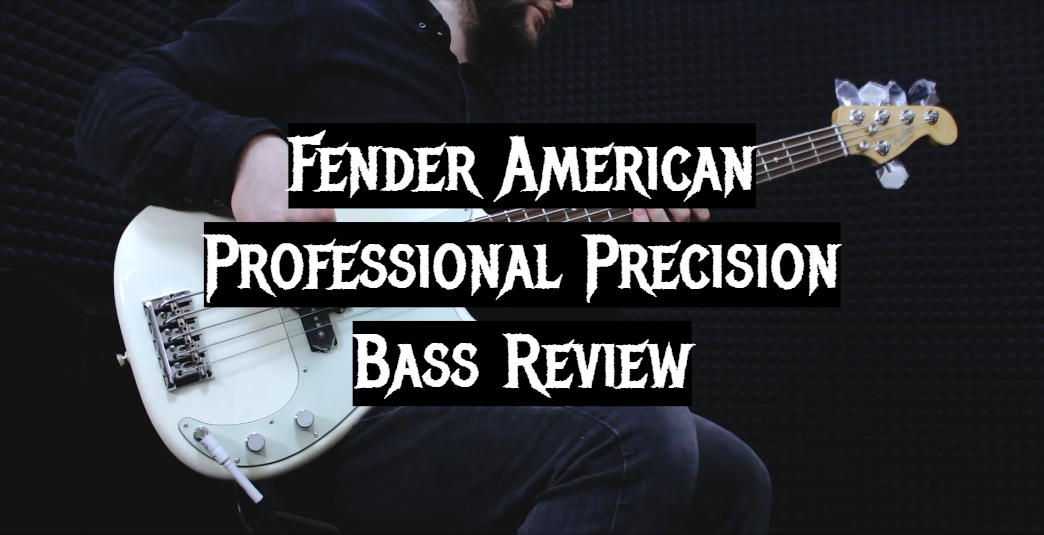
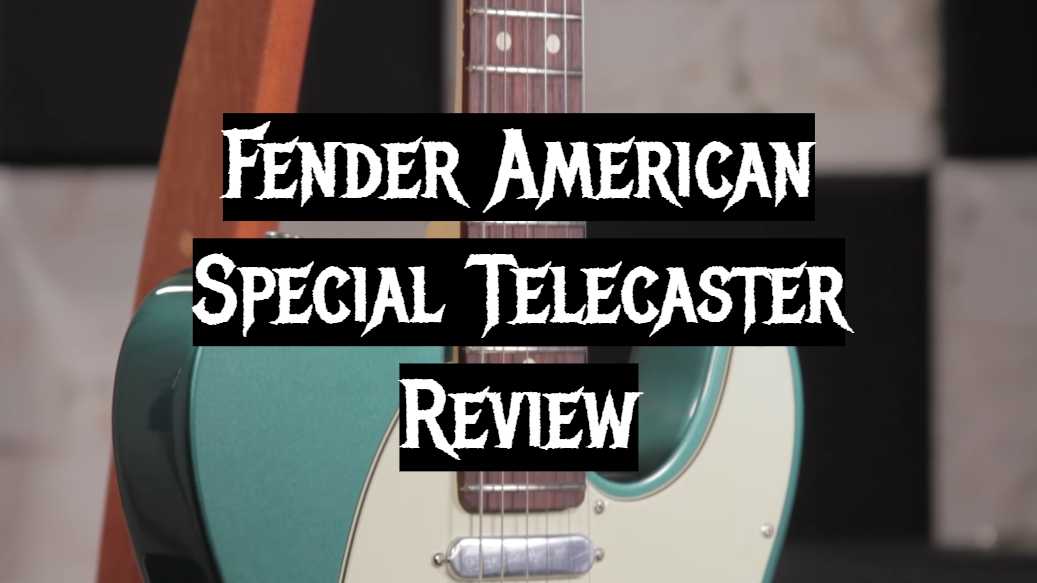
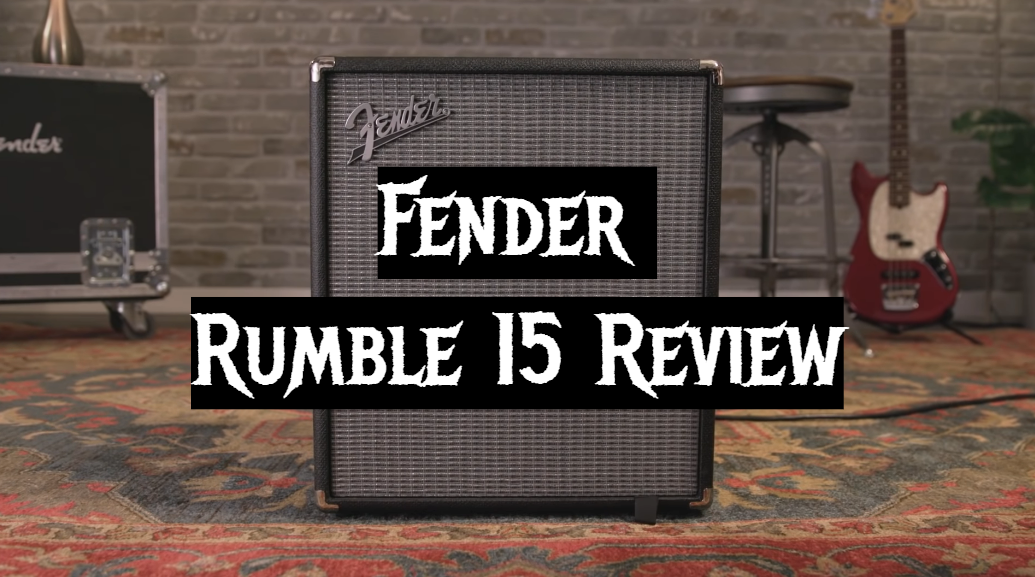
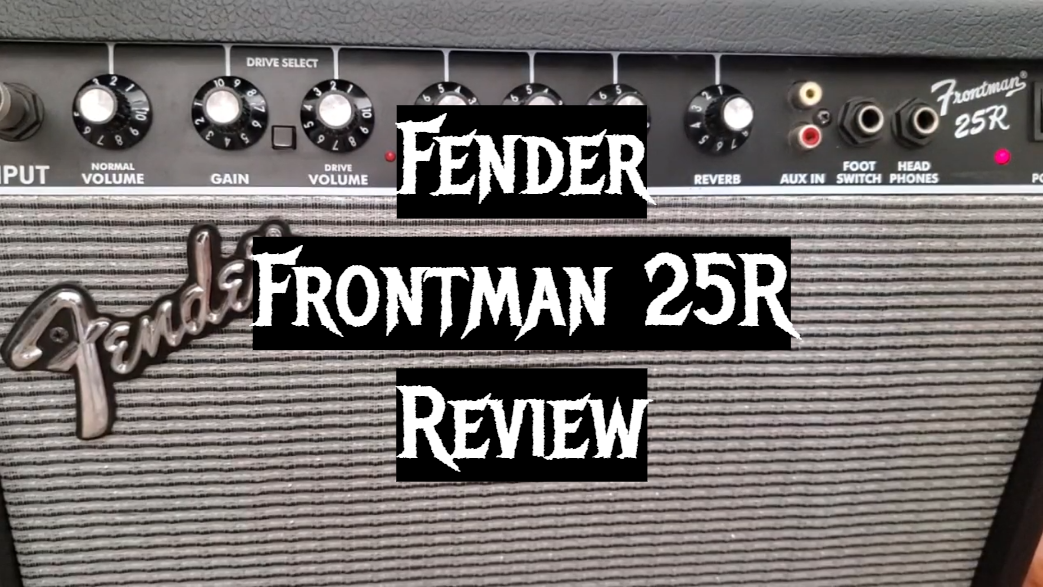
Leave a Reply